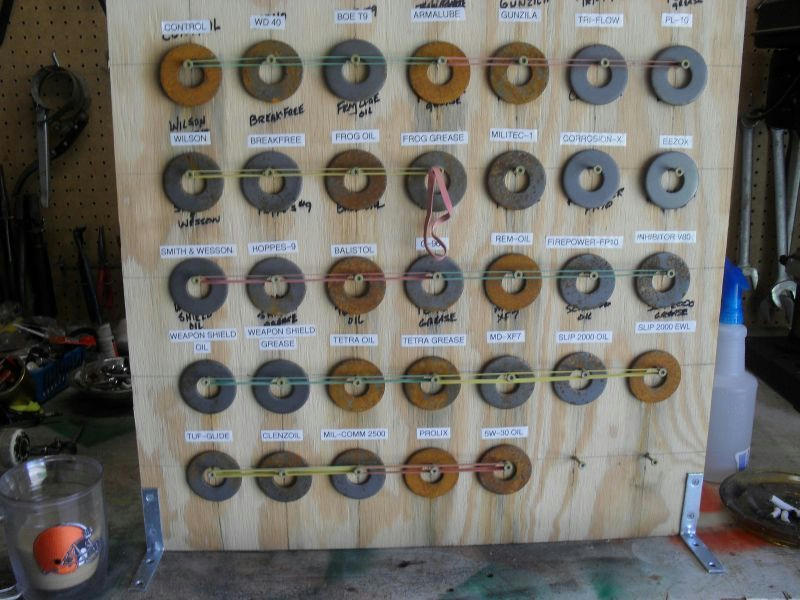Collier has a fair amount to say about plastics and elastomers (new word for me, natural and synthetic rubbers/neoprene).
He talking about electrical insulators. These materials can be used to prevent an electrical connection between two dissimilar metals.
Thermoplastics are non-cross-linked polymer chains and get soft when heated at relatively low temperatures. These include polyethylene, polystyrene, polypropylene, nylon, PVC and some polyurethanes.
Thermo setting plastics are cross-linked polymer chains and more rigid than thermoplastics. They include epoxy, polyester, silicone, some polyurethanes and rubber.
Plastics can be hygroscopic, meaning they absorb water. This can change them by making then softer and can cause them to swell.
For the most part, however, natural waters, those we find while boating, have little effect and are used for all sorts of things on boats.
The next chapter, 15, covers coatings as electrical insulators for metal parts.
-Will (Dragonfly)


